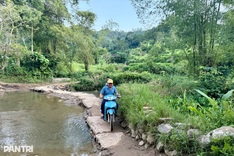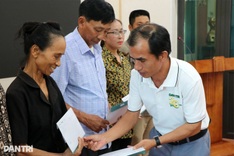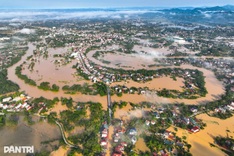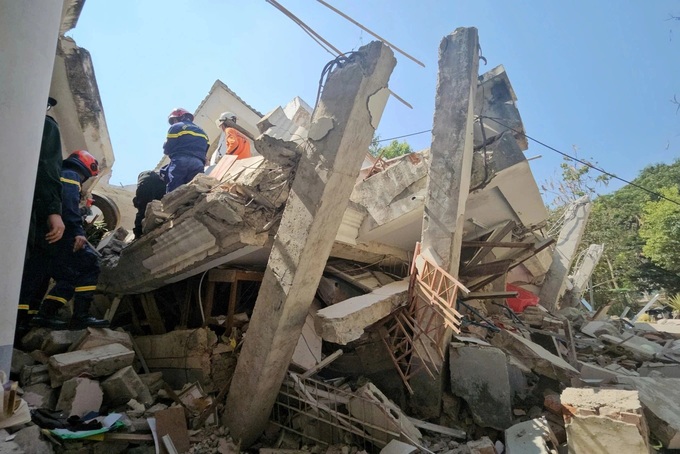
Vietnamese rescue team begins search and rescue operations in Myanmar on March 31.
A 106-member rescue team from Vietnam’s Ministry of National Defense and Ministry of Public Security has begun search and rescue operations at a completely collapsed three-story building in Naypyidaw, where they located two victims at noon on March 31.
Speaking to Dantri/Dtinews on the morning of March 31, Colonel Nguyen Minh Khuong, Deputy Director of the Police Department of Fire Fighting, Fire Prevention and Rescue under the Ministry of Public Security, stated that after arriving in Yangon at 8.30 pm the previous night, the team traveled overnight and reached Naypyidaw at 3 am. Myanmar’s disaster relief coordination centre then directed them to the first rescue site, a collapsed 200-square-metre three-story building.
At the site, a 60-year-old man was trapped at the front of the building, while a 30-year-old woman was stuck at the back. Initial assessments detected signs of fatality, and police are using sniffer dogs to pinpoint the exact locations of the victims.
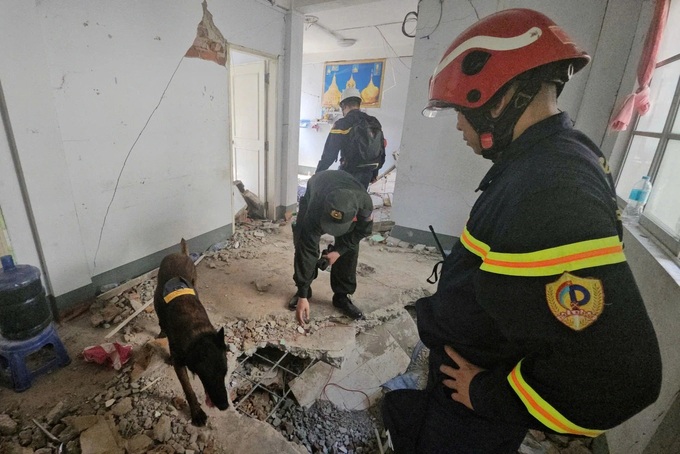
Colonel Khuong noted that the lack of heavy machinery such as excavators and bulldozers is making the rescue work extremely challenging.
Additionally, the sweltering heat in Naypyidaw, with temperatures reaching 35 degrees Celsius, is taking a toll on the rescuers. However, they remain committed to doing their utmost in the search efforts.
At noon on March 31, Major General Pham Van Ty, Deputy Director of the Vietnam People’s Army Rescue Department, informed Dantri/Dtinews that the military rescue team will split into three groups, covering different directions as quickly as possible.
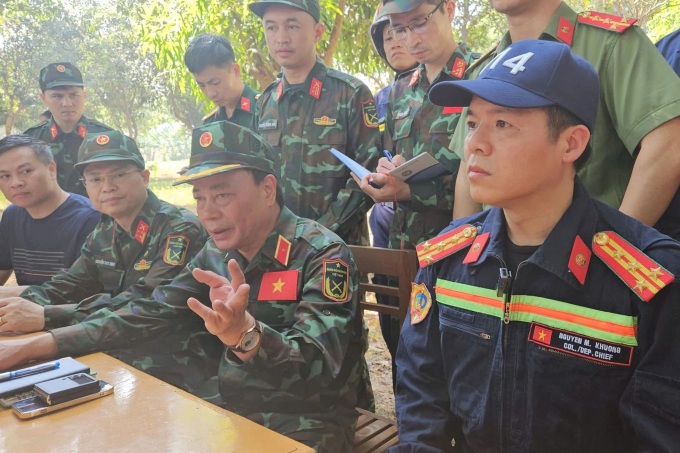
To assist Myanmar in dealing with the disaster, Vietnam has provided emergency relief supplies and USD300,000 in aid following Myanmar’s request for international assistance.
According to the Wall Street Journal, as of March 30, Myanmar’s military government reported at least 2,028 deaths, 3,408 injuries, and over 300 missing persons following the 7.7-magnitude earthquake.
General Min Aung Hlaing, leader of Myanmar’s military government, warned that the death toll could rise further, as rescue operations face significant obstacles.
Critical infrastructure, including bridges, highways, airports, and railways, across the country of 55 million people has suffered severe damage, slowing down humanitarian efforts.

